People who identify as or are labelled ‘otaku’ represent a significant fan subculture. An otaku’s identity is based on the consumption of Japanese pop culture products, such as anime and manga. Otaku are also interested in computer or board games, popular music, and Japanese or East Asian culture in general. This is a subculture that is still not very well-known in the Czech Republic. It arrived there in the late 1990s as the Internet and personal computers were taking off and in the last twenty years has become more prominent as more and more adults and kids have embraced it. A typical otaku activity is cosplay, which aims to faithfully copy a fictional character both visually and through acting. Cosplay and other typical features of otaku are best seen at their meetings at festivals and conventions (or ‘cons’). Several cons are held in the Czech Republic every year, attracting a few thousand visitors. I have been lucky to be able to attend many of these meetings and study this interesting subculture.
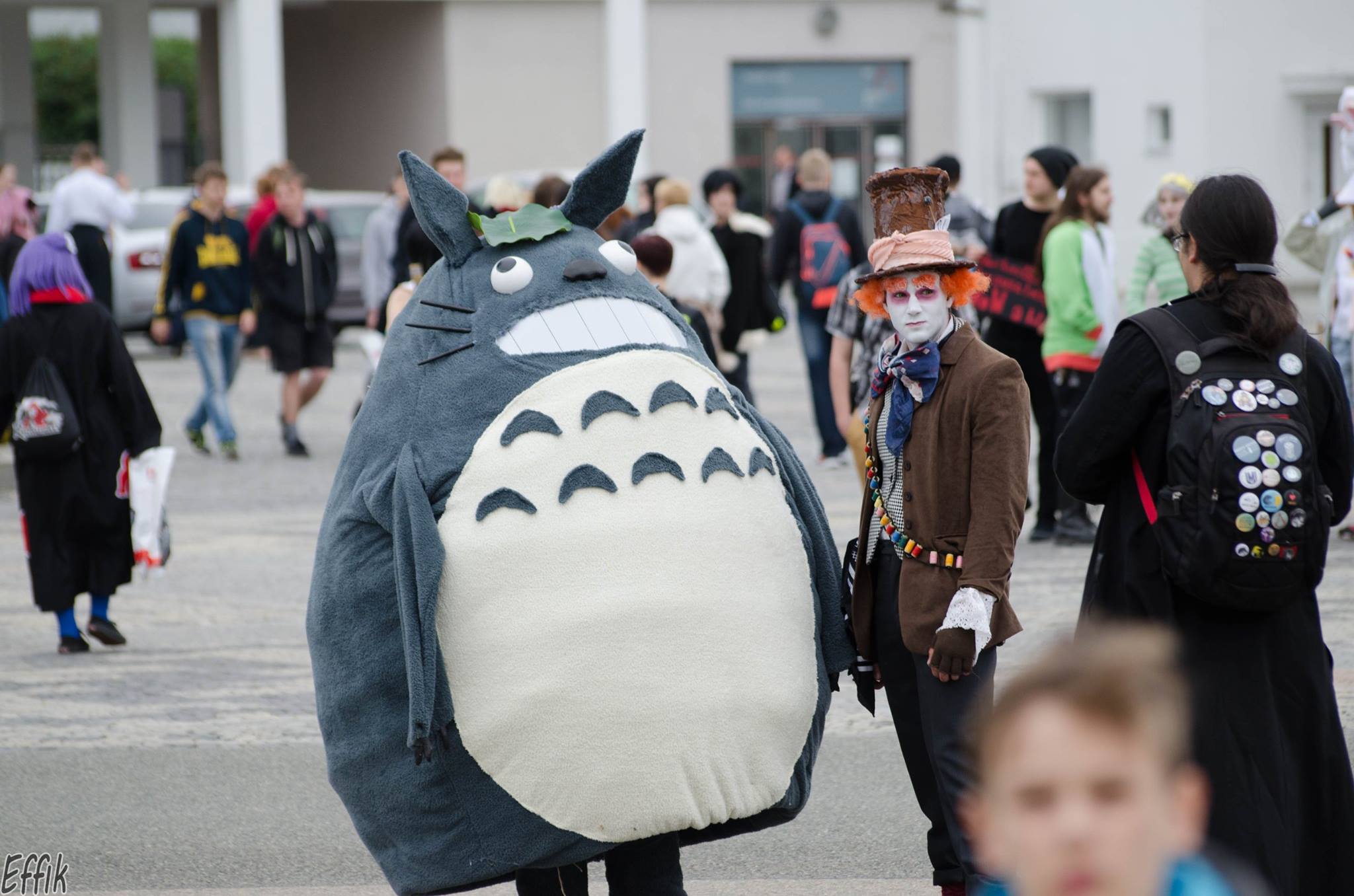
Japanese animated culture
What are manga and anime? Manga is a specific style of comic strip, while anime refers to animated films and series, both of which originate in Japan. The style of animation of manga and anime is based on historical Japanese art. The first comic stories of this type were created as far back as the 19th century. However, greater development of manga occurred after the Second World War, when Japan was recovering from the consequences of defeat. The flourishing of manga meant escape from the everyday reality of a devastated and humiliated country. Due to the American occupation after the war, Japan began to be heavily influenced by Western culture. Renowned manga author Osamu Tezuka was, for example, a big fan of Disney’s animations, which were significantly reflected in his work. This laid the foundation for modern manga that persists into the present day. However, compared with the older creations, the visualisation of movements and action sequences, as well as the drawing itself, have shifted significantly, with characters having more distinctive features. Tezuka’s comic book series ‘Astroboy’, published between 1952 and 1968, subsequently became a phenomenon not only in Japan, but also in the USA. This was a basis for the popularity of Japanese animation culture all over the world.
Unlike anime, manga is mostly animated in black and white for historical reasons: there was a need to publish manga quickly despite technical and economic difficulties and shortages during the WWII. Moreover, black and white-printed paper was easier to recycle, which was important given that a considerable amount of paper was printed.
The name ‘anime’ itself is a designation for Japanese cartoons and series. The stories in anime are most often adaptations from manga, but this isn’t the rule. Another important source of anime is computer games, especially those following Japan’s popular graphic novels. Using a combination of storytelling and computer games, the player is the main character and influences the plot by choosing their options. The result of each game is therefore different as the players are different. However, anime and manga can be based on written stories too.
Anime, like manga, has the same historical background, was also widespread in Japan after World War II, and was again influenced by American culture and Disney animations. The drawing became more realistic, and the motion of shots was more dynamic. By the end of the last century, anime had spread not only in Japan and East Asia, but also in America and Western Europe. Japanese animation studios collaborated with French creators on the famous series ‘Once Upon a Time… Life’. Nowadays, among the most famous anime directors is Hajao Miyazaki, who made films such as ‘Princess Mononoke’ or ‘Castle in the Clouds’.
At the end of the 20th century, manga and anime experienced a global market boom. The sales of individual stories began to range into the millions. From the 90s, manga and anime also started penetrating in the Czech Republic. However, from the beginning, there were almost no official sources, and despite some increase in popularity in recent years, there is still a small supply of this Japanese art work in the Czech Republic. The development of the Internet and personal computers allowed fans to produce and distribute more unofficial translations electronically. These fan groups have become the basis of the Czech otaku community. Currently, due to stricter copyright law conditions and the greater offer from streaming companies (such as Netflix), their activity is not as important as before.
Otaku in Japan and in the Czech Republic
Despite the relatively long history of manga and anime, the word ‘otaku’ in its current meaning began to be used only in the 1980s. In Japan, where the term originated, it has a pejorative or even insulting tone and serves not only to distinguish fans of manga and anime, but also as a general label for all ‘nerds’ and ‘anti-social’ individuals obsessed with IT technology. But in the Czech Republic, the word otaku is used only in connection with Japanese animation culture and thus only to describe fans of this subculture. It does not imply any of the negative connotations of the word in Japan.
Generally, otaku are seen as young, unsociable people with collecting obsessions who are usually very intelligent. These collecting obsessions can take many forms, depending on personal interests. In the case of Czech fans, the most common items to collect are related to specific manga, anime or generally with Japan culture. Japan as a country is also a dream holiday destination for otaku fans. The imaginary ‘Mecca’ in this case is the Tokyo district of Akihabara, which is the centre of the Japanese animation industry. The otaku market in the Czech Republic is negligible compared to Japan. Nevertheless, there is a great demand among fans, and the amount of merchandise on offer seems to have increased significantly in recent years. But a large chunk of purchases are made online from overseas stores.
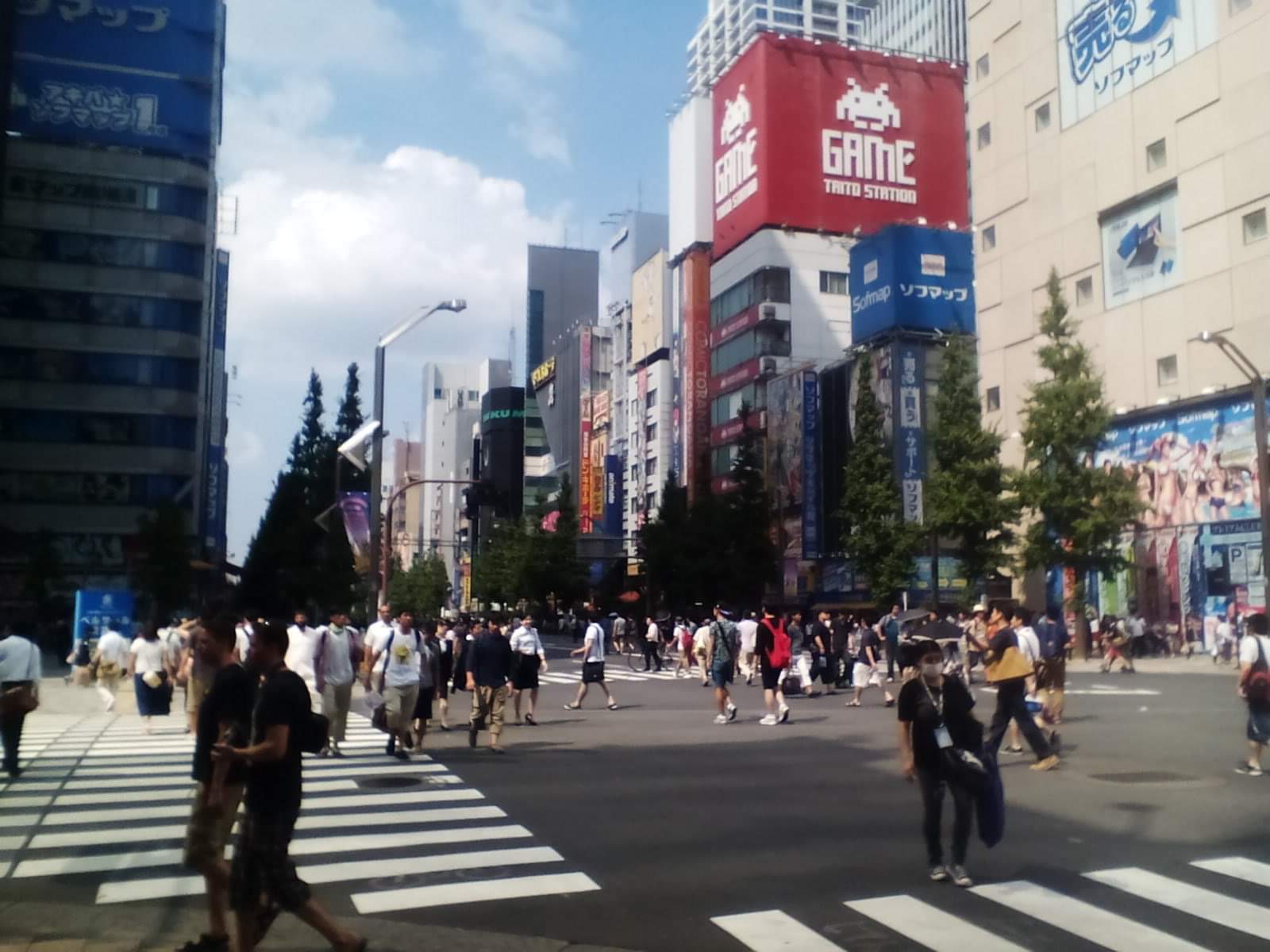
So, it’s not a surprise that Czech otaku fans can spend tens of thousands of koruna on their passion – on posters, figurines, stuffed animals, pillows, costumes and so on. They often decorate their rooms and apartments with otaku items, and may even wear costumes in a public space, where they can present themselves to other fans. Of course, not all fans of manga and anime collect items and many do not feel the need to meet other fans. But these people are not real otaku fans. The passion, enthusiasm and most importantly contact is what makes a community of otaku fans and their subculture, in contrast to ordinary otaku fan consumers. Interestingly, there are up to 200,000 fans of manga and anime in the Czech Republic, but in my point of view, only about 10% of them are real and active otaku fans.
What activities do Czech Otaku engage in?
As mentioned above, there are about 10,000 active otaku fans in the Czech Republic. These are the fans for whom manga and anime are about more than just casual reading or watching. They consume these for hours a day, they know about the latest stories and their characters, and most of all they want to meet other fans and share their interests with them. This happens at otaku meetings, which are small, unofficial fan gatherings without the involvement of any organisation, and cons, which are multi-day, usually all-weekend, organised events with paid admission. The term ‘con’ is derived from the English ‘convention’ and it means a cultural festival focused in this case on manga, anime and Japanese culture. The primary aim is to conduct thematic conversations and find new friends. There are also lectures, competitions, screenings, sales stands and more at the cons. These meetings and conventions are the basis for otaku subcultural life.
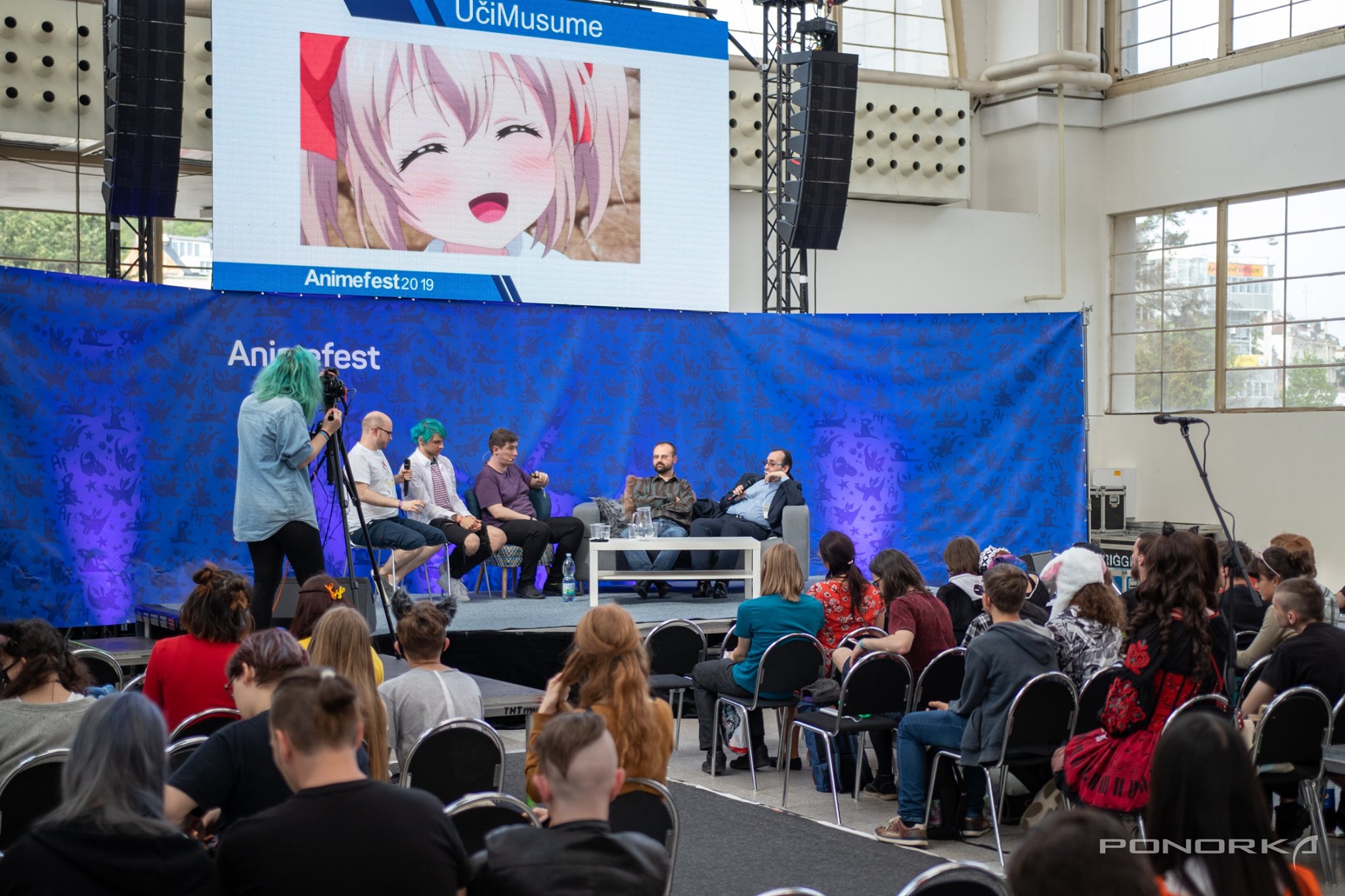
An important part of the otaku subculture, which is most visible at conventions, is ‘cosplay’. Cosplayers, fans in costumes, are individuals who have decided to express their affection for their favourite story characters by becoming them themselves. Creating a costume and wearing it is a hobby for them, to which they devote their free time. However, the cosplaying is not the domain only of otaku, and at the same time, not only costumes from manga or anime appear, but also a whole range of other stories. As we can see in the photo above, cosplayers are wearing costumes from both Japanese and Western culture. The subject of cosplay can by any movies, books, or computer games. It’s not even uncommon for cosplayers to create their own character to make a costume for. For otaku fans who want to dress up as their favourite character, cons are the perfect opportunity to do so. Cosplaying also offers good opportunities for meeting other people who share common interests, the good feelings of being recognised by other fans and the possibility of being open and relaxed without the fear of any negative reactions. It is therefore not a surprise that the otaku community is tolerant of accepting new individuals and thus their differences from the mainstream. They have their own norms that respect the differences of each person if one is also tolerant of the rest of the community. It is no accident that behaviours and costumes that would normally be considered outrageous, childish or immoral by general society are common for otaku.
Organisation of otaku meetings
Given the above, the possibility of having meetings and a safe space to demonstrate one’s own creativity and ‘identity’ is very important for otaku. That is the reason why the most passionate of them organise meetings themselves. They mostly do it as volunteers, which consumes a lot of time and energy.
The first otaku meetings started to be organised in the Czech Republic in the late 90s, as a way to share manga and anime between fans. From initially small meetings huge events developed gradually, for thousands of participants. The preparation for such a big event needs a lot of effort and dedication, so usually none of the younger otaku fans are involved much in organising them. This places the burden of responsibility on older organisers, and they are not able to ‘retire’ as they cannot find an adequate replacement. As a result, otaku events are often led by people who are decades older than the average age of their participants. Organisers who cannot find a successor may suffer from burnout after many years of dedication to otaku events and thus when they quit, it spells the end of the event. The photos below illustrate how much of a responsibility it is to organise these events.
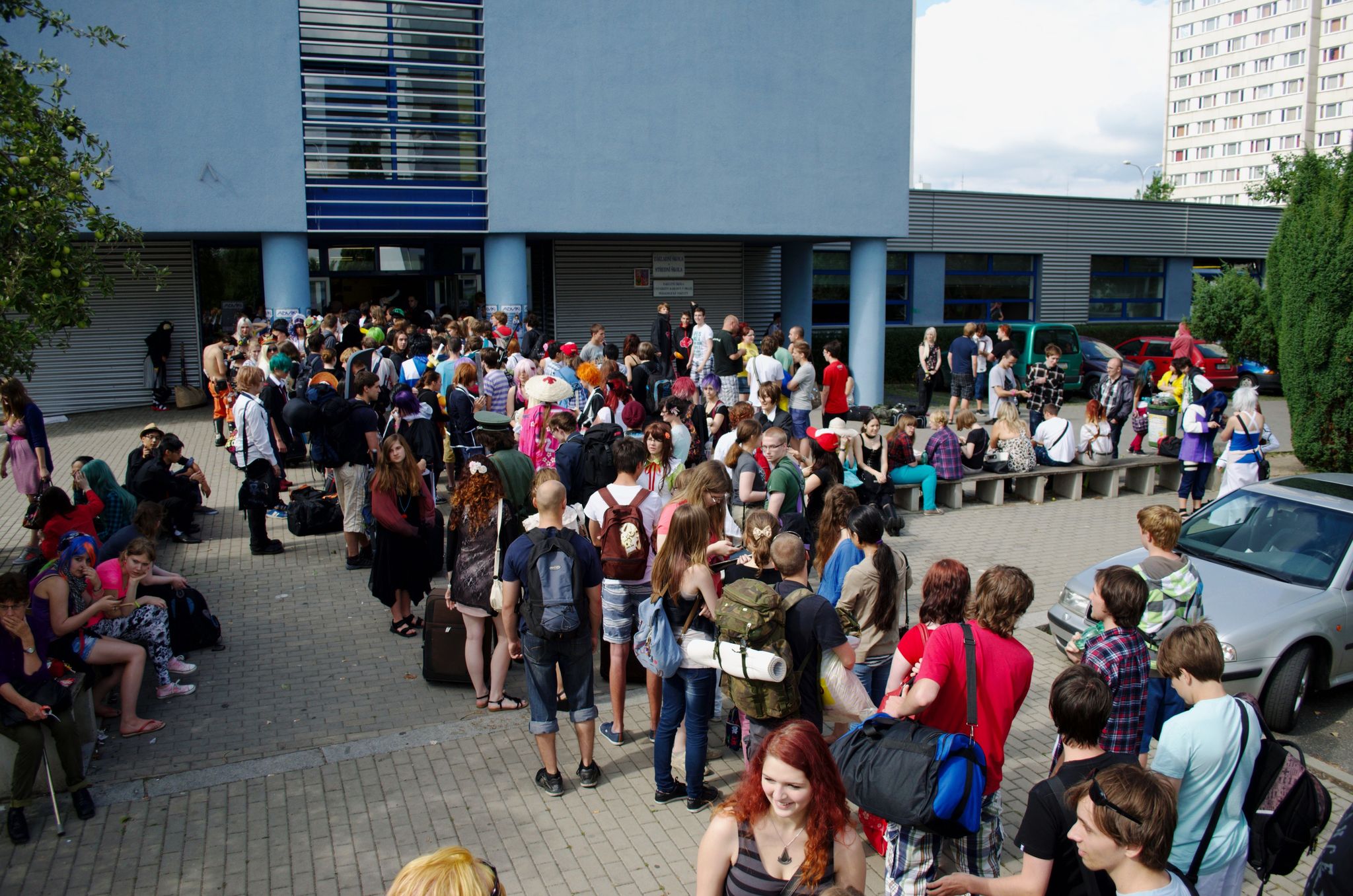
The otaku meetings and gatherings don’t happen everywhere. Otaku are most concentrated in Prague and then in larger cities such as Brno or Olomouc. Organising cons in smaller cities is difficult due to a lack of participants and organisers. For many otaku, it is impossible to attend a meeting at all. Because of these complications and lack of physical contact, internet communication has been developed between them. Just like the Japanese otaku, the Czech ones have a love and enthusiasm for technology, so the Internet space and computer is their second home. They often meet and spend time together by playing computer games or watching anime.
With the development of technology, the possibilities of virtual communication have expanded even more, and Facebook or Discord otaku groups currently have thousands of members. It was thanks to the Internet that the otaku subculture managed to run their activities even during the Covid-19 pandemic. Many members of the otaku community are actively involved in creating and managing online groups and rooms, so they could enjoy time with other members of the community in the online space when they had to stay at home during the lockdowns. Even this kind of communication is not ideal and it is difficult to replace the experience of cosplaying at cons or hanging out with other friends outside, but it allowed the community to keep in touch with others and not fall apart. How much people will be willing to get out of their homes and return to their former active life in the future remains to be seen. Two years of lockdowns have taken their toll, and so many previously active otaku lost their interest in participating in meetups, cosplaying or organising events. We can only hope that in the future the draw of an active life will be stronger than the comfort of home and the next otaku generation will spark a new dynamic in the community.
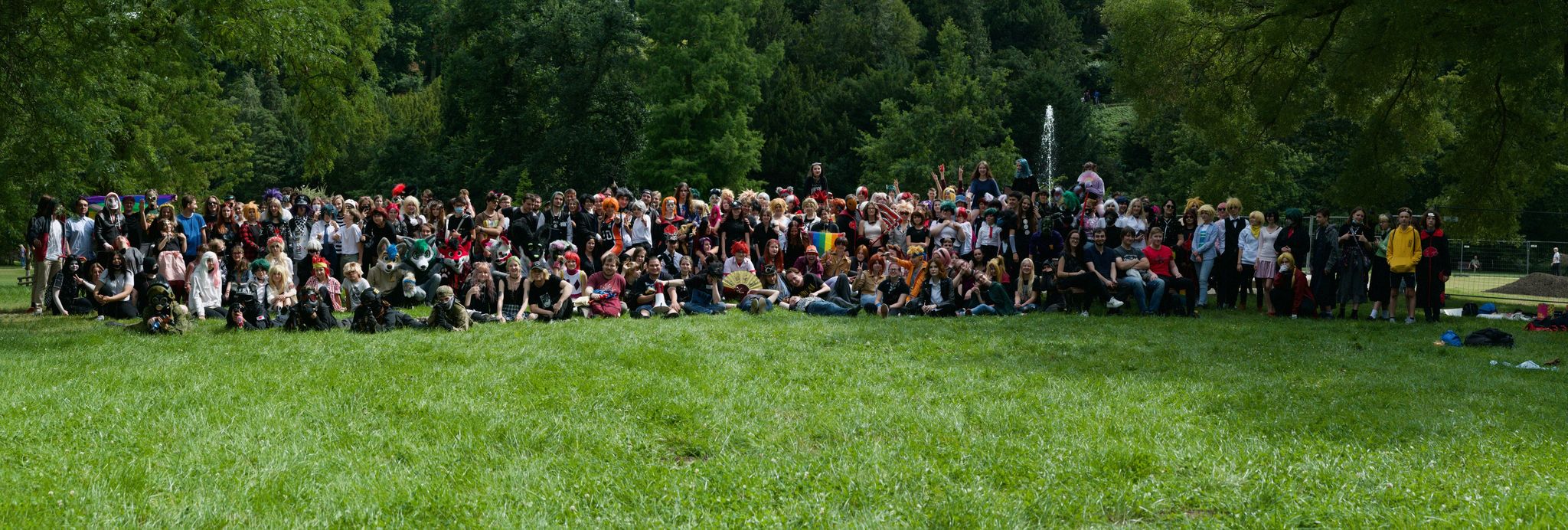
Final word
Fans of Japanese animated otaku culture represent a significant subculture in the Czech Republic. It is remarkable how this exotic culture has spread in Central Europe and has created a wide group of followers within just a few decades. The art genres of manga and anime are becoming a regular part of bookstores and even streaming services and the question is if the fans will be satisfied with only a passive consumption of media from the comfort of their homes or if they will actively participate in conventions and the community.
Sources
EFFIK. Effik’s PhotoFails. [online], cit: 25.4.2022, available: https://www.facebook.com/EffGraphy
IQREMIX. Akihabara District at Night. [online], cit: 25.4.2022, available: https://www.flickr.com/photos/iqremix/17241953428/
KŘÍŽ, František. Subkultura otaku v České republice – substanční a funkcionální perspektiva, Prague. 2022. Thesis. ČZU, Faculty of Economics and Management, Department of psychology.
Supervisor: PhDr. Sandra Kreisslová, Ph.D.
KŘIVÁNKOVÁ, Anna, Antonín TESAŘ a Karel VESELÝ. 2017, Planeta Nippon. Prague: Crew, ISBN: 978-80-7449-491-8.
RICH, Nick. The Differences Between Anime and Manga. [online], cit: 25.4.2022, available: https://honeysanime.com/editorial-tuesday-the-differences-between-anime-and-manga/
PONORKA. Ponorka media. [online], cit: 25.4.2022, available: https://www.facebook.com/ponorkadesign